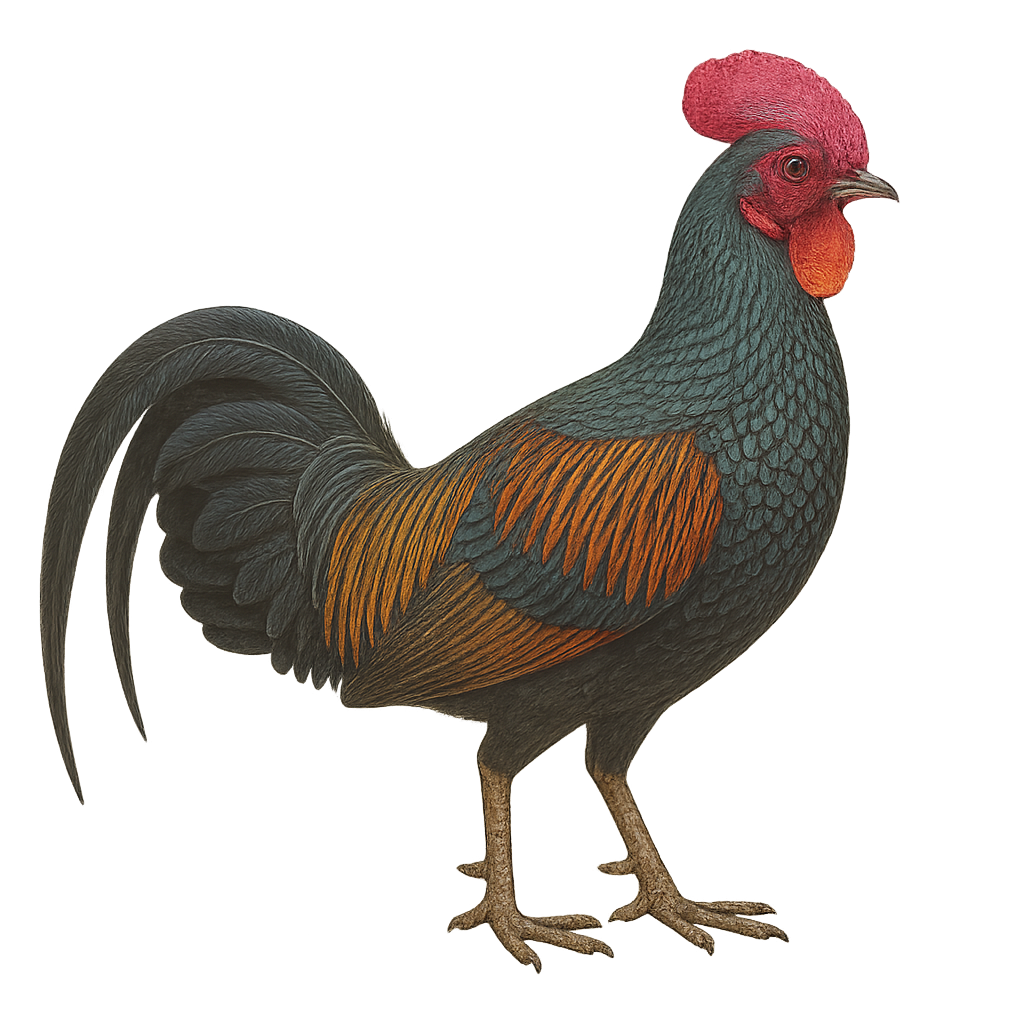Your wildlife photography guide.
Explore the green junglefowl in detail, study its behavior, prepare your shots.
Where to observe and photograph the green junglefowl in the wild
Learn where and when to spot the green junglefowl in the wild, how to identify the species based on distinctive features, and what natural environments it inhabits. The WildlifePhotographer app offers tailored photography tips that reflect the green junglefowl’s behavior, helping you capture better wildlife images. Explore the full species profile for key information including description, habitat, active periods, and approach techniques.
Green Junglefowl
Scientific name: Gallus varius

IUCN Status: Least concern
Family: PHASIANIDAE
Group: Birds
Sensitivity to human approach: Suspicious
Minimum approach distance: 10 m
Courtship display: April to May
Incubation: 21-23 jours
Hatchings: April to June
Habitat:
Tropical forests, savannas, agricultural areas
Activity period :
Primarily active during the day, with peak activity in the morning and late afternoon.
Identification and description:
The Green Junglefowl, or Gallus varius, is a gallinaceous bird species native to the Indonesian islands of Java, Bali, and Lombok. This striking bird is known for its vibrant plumage, featuring shades of green, blue, and black with metallic sheen. The male boasts a bright red comb and distinctive facial wattles. It primarily inhabits tropical forests, savannas, and agricultural areas, feeding on seeds, insects, and small invertebrates. The Green Junglefowl is a social bird, often seen in small groups. Although its habitat is threatened by deforestation, it is currently listed as least concern by the IUCN.
Recommended lens:
400 mm – adjust based on distance, desired framing (portrait or habitat), and approach conditions.
Photography tips:
To photograph the Green Junglefowl, it is advisable to use a telephoto lens of at least 400mm to capture the details of its vibrant plumage without disturbing it. Approach slowly and discreetly, maintaining a distance of at least 10 m to avoid startling the bird. The best photo opportunities occur early in the morning or late in the afternoon when natural light highlights the metallic colors of its plumage. Be patient and ready to wait for the bird to become accustomed to your presence.
The WildlifePhotographer App is coming soon!
Be the first to explore the best nature spots, track rutting seasons, log your observations, and observe more wildlife.
Already 1 430 wildlife lovers subscribed worldwide

